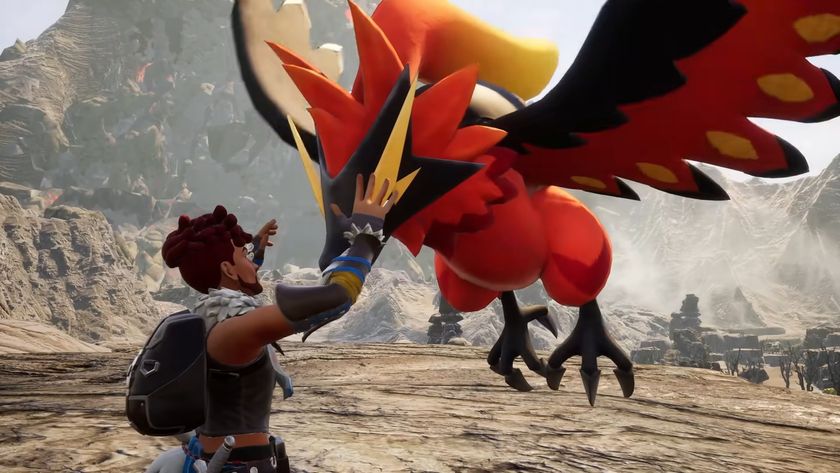Beyond Rise Of The Tomb Raider - Crystal Dynamics talk about the future of Lara Croft
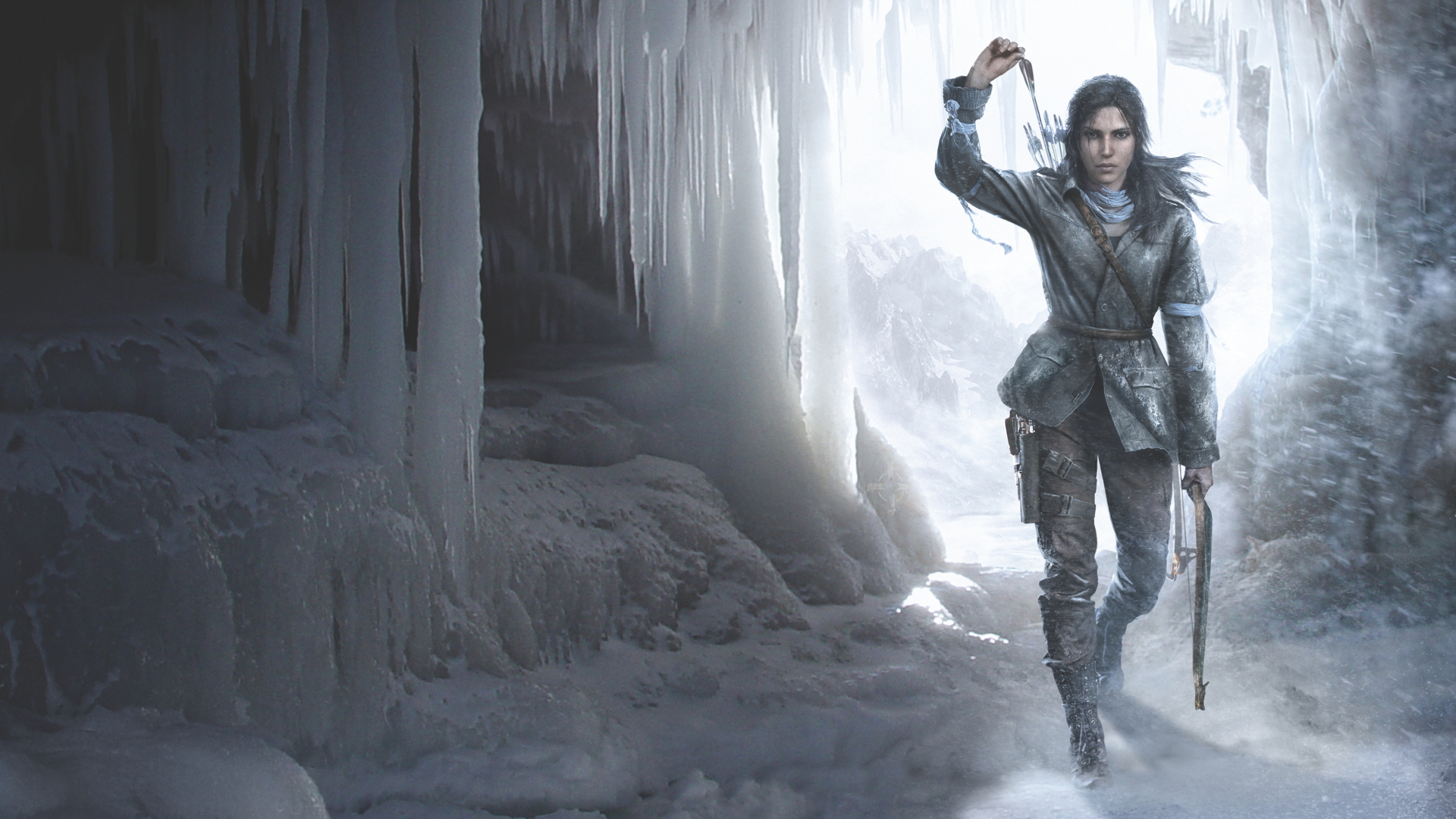
This interview was conducted by Official PlayStation Magazine
On Tuesday 11 October, Rise Of The Tomb Raider finally launches on PlayStation 4. This you already know, since we recently flew out to Crystal Dynamics for a world-exclusive hands-on with Lara’s PlayStation homecoming. One major thing we didn’t get to do during our time at the home of Tomb Raider, however, was tour the studio itself.
Why? We have our suspicions... Between external studio Nixxes helping to port Rise Of The Tomb Raider and the fact that the main game was actually finished last year ahead of its release on other platforms, it’s fair to assume Square Enix didn’t want our eyes falling on images for the next Tomb Raider game, which must surely be well into production by now. Sadly, the chance to peek at a potential sequel to Rise Of The Tomb Raider must wait for another day, but that didn’t stop us from sitting down with the man in charge of steering the studio’s vision for Tomb Raider, Noah Hughes, and asking what’s in store for the future...

OPM: Looking back at the Rise Of The Tomb Raider, how would you assess the end result?
Noah Hughes: We tend to look backwards as a means of going forwards. I’m always very appreciative of the acclaim we get, but my hunger is for how do we do it better: how do we improve? So immediately I start hearing from fans what they like and don’t like. From my own sense, I get distance and decide what I like and don’t like. And really we just roll that into “how do we 1) take the next logical step on Lara’s journey? and 2) perfect the formula of modern tomb raiding?”
We do that in little and big steps. So a limited example: the PS4 edition’s Extreme Survivor difficulty. Playing it all through, I realised that the original ROTTR checkpoints were conspiring against the hardest difficulty mode, [stopping it] from being as hard as we would have liked. We had a lot of elements that scaled nicely to difficulty, but as long as you could jump off a cliff and respawn where you were, there was still a sense of safety. So that’s a small example of me saying: “Hey, I’d really like the time to make the perfect difficulty.”
That may seem like a really trivial thing, but it gets back to perfecting the experience and recognising some ways in which I want the experience to be better for our hardcore fans.
Sign up to the 12DOVE Newsletter
Weekly digests, tales from the communities you love, and more
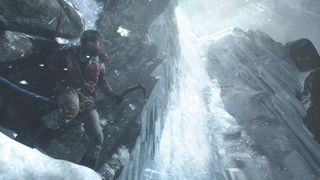
OPM: Post-reboot, Tomb Raider has really focused on just one location at a time, but in the past, Lara often visited multiple countries per game. Will her globetrotting days, with various different levels, ever return?
NH: So, the thing that I can say about that... (laughs) is that the commitment to game structure is more important to us than the commitment to one location. So we like players coming into a space and it feeling overwhelming and mysterious, and we like revisiting that space with player progression in a way that makes it feel different. We like the sense that you’re earning progression through the story from things like getting gear that unlocks new spaces.
Those facets of game structure are more likely part of the post-reboot franchise, so for me it’s less about that one location. We didn’t answer that question with Syria in Rise Of The Tomb Raider and the fans recognised that. That [prologue level] wasn’t integrated into the wider world structure. And as I said, I wouldn’t want to provide an answer that’s just a series of one-offs that you’re pushed out of, never to return to. That’s something I want to put behind us.
Non-linearity is part of the DNA of the post-reboot franchise, but the globetrotting aspect, however it appears across or within chapters, is part of the franchise. That doesn’t seem inherently incompatible.
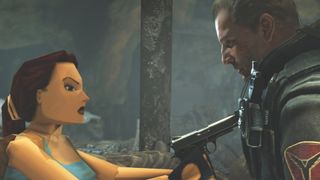
OPM: We guess the issue is simply that, mechanically, you could very easily have Lara fast-travel back and forth between, say, Egypt and Peru every time she unlocks a new rope skill – you just need to justify it somehow in the context of the story.
NH: Then that becomes an interesting question – how do you resolve these two facets of the franchise? It’s a compelling space to play in. Whether I do it multiple times in a game or just one time in a game, discovering a variety of locations is part of the DNA. It’s not the sexiest of terms, but I always say there is a “virtual tourism” component. Getting to go to these exotic locations is part of the escapism.
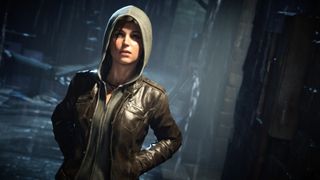
OPM: For Rise Of The Tomb Raider you could have picked almost anywhere on the planet as a setting for this adventure – what was it about Siberia specifically that made it the right location for the reboot’s sequel?
NH: One thing we’re always looking for is a variety of locations: contrasts to the last place Lara’s gone as well as previous places, so really it’s about trying to find a unique offering in this globetrotting, tomb raiding, larger franchise arc. We’re always asking: “Hey, where can we go next that’s different?”
Specifically for Rise Of The Tomb Raider, we wanted an extremely hostile environment and a world that’s guarding its secrets. This idea that secrets are lost – and if they were easy to find they’d have been found a long time ago. Part of the nature of a Tomb Raider is to have to penetrate these hostile wildernesses to find the secrets no-one else can.
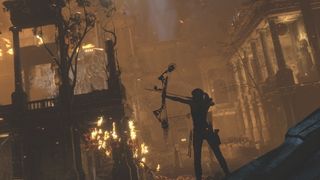
OPM: In the old games, Croft Manor was a big playground to test Lara’s skills, but its return in the Blood Ties chapter is much slower paced and driven by narrative instead of action. Did PS VR inform that design choice?
NH: It was leaning heavily that way independent of VR conversations. A part of that came from the fact that the game already stood alone without tutorials, so we had less need to bake new tutorials into it. Now there’s still an opportunity to have it as a place to test your skills, but one can make the case that when you’re running around the hubs there are lots of jungle gyms for clambering around.
So we recognised that [the manor] had more uniqueness as a component of her origin story than as a jungle gym, and took inspiration from some narrative-led games. It was hard to do everything, so we said if we’re going to do just one thing right, let’s have it fill this component of Lara’s origin story this time, and then invite fans into that conversation and ask “what did you miss from the manor experience?” And then we can continue to evolve it going forward.
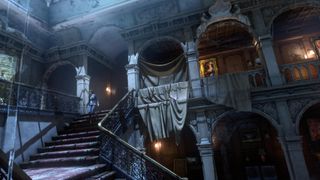
OPM: We’re already picturing a future where Lara repairs the manor next time out and then continues to improve it and fill it with trinkets from tombs, similar to how we build up bases in Assassin’s Creed...
NH: I can’t talk about that yet, but I don’t like doing things in a vacuum. One of the things we love about the co-op and the manor is to say: “Hey, here’s something we’re excited about – you guys tell us how you feel about it and we can take that as part of the dialogue going forward.”
We’ve called these [extra modes] “Pixar shorts” in the past, but as a lean studio we have to do that; we’re not only actively making these big games we have to double down on, but we’re also anxious to innovate and to find the new things that do evolve the experience, whether it’s the manor or virtual reality or co-op in Rise Of The Tomb Raider.
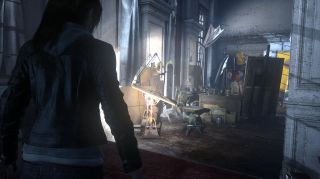
OPM: The zombies mode harks back to 1996’s Tomb Raider, where Lara fought creatures rather than men with guns. Will you be able to explore that aspect even more ahead, or are you bound to focus primarily on human enemies given how established the rebooted projectile-based combat systems are now?
NH: Part of it is just making sure we’re touching on a number of Tomb Raider facets: scary and creepy enemies in dark, lost corners. Although zombies are sort of conventional now, we liked some of the things they brought from a gameplay standpoint, which allowed Lara’s movement to be primary. Rather than focusing on a cover shooting experience, it focuses on moving and creating space. So from a gameplay space it was a nice, different flavour. And it was an opportunity to make sure we’re not just always fighting human enemies.
It’s dangerous to get into future projects too much, but even in Rise we try to celebrate the environment as being an enemy as much as possible. We really love the ranged combat, especially when you bring Lara’s flavour to it – things such as the bow and resourcefulness and movement. I was very excited to get more of that in there but we never like it at the expense of the environment being an enemy; tombs as places where unknown enemies lurk. So we came into Rise with the sense that we wanted more, and it’s not just the supernatural enemies but wildlife – wolves and bears and things – that are a big part of filling in that body count in the very first Tomb Raider. I came to Rise knowing I wanted to balance that equation.
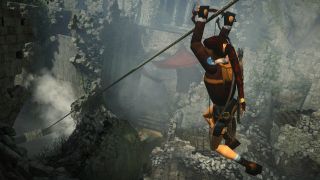
OPM: On PS4, ROTTR is going to be releasing in a post-Uncharted 4 world. What did you think of Uncharted 4, and what does Tomb Raider offer that’s different?
NH: We’re huge fans of Naughty Dog! We have lots of brothers and sisters in development who we’ve crossed paths with. We’ve got a very friendly... well, what many people perceive to be a rivalry of products, but what it really becomes is a respect for raising the bar in some of the aspects of action-adventure. As studios we both very much enjoy character-driven narratives and we really like giving players the feeling like they’re on this amazing, Hollywood- style journey with all these set-piece moments. So I see a lot of similarities between the games.
But in Drake’s case he’s treasure hunting, and in our case we really wanted it to be about these lost secrets. Narratively that’s a very important difference for us. When we make Lara’s story, it’s not so much about the ruins and the artefacts themselves, but what do they tell us about our past that may be lost? So those physical things are really just a means to an end that is about knowledge and power. For me, that’s a nice fictional distinction.
From a gameplay perspective, we really push our hubs and player-driven narrative experiences. I love playing Uncharted, but one of the cool things about Tomb Raider is just getting lost in a hub. You may know where you’re supposed to go next, but sometimes the most fun thing may not be to go where you’re supposed to. It’s not something unique to Tomb Raider, but it’s a nice flavour we add.
This article originally appeared in Official PlayStation Magazine. For more great PlayStation coverage, you can subscribe here.
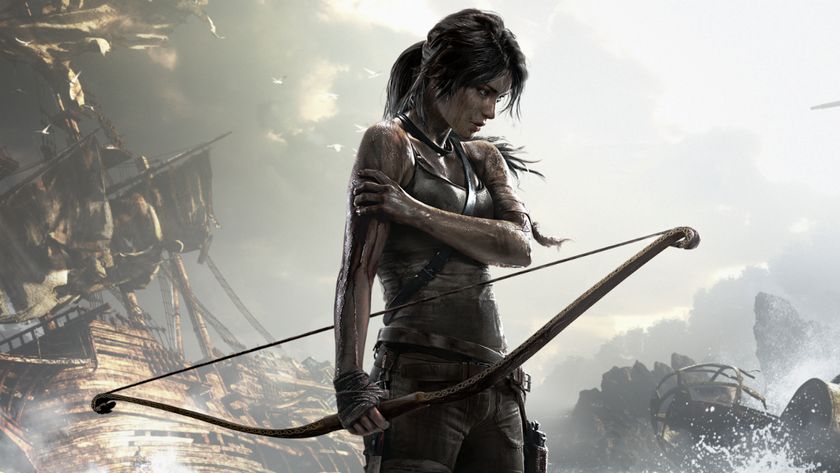
5 years after Avengers, 2 years after its last layoffs, and who knows how long before Perfect Dark and Tomb Raider return, Crystal Dynamics announces another round of layoffs
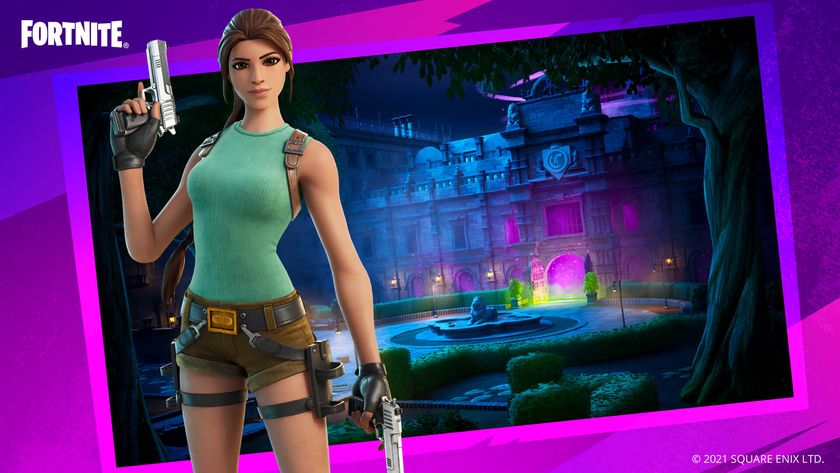
Fortnite has had Tomb Raider's Lara Croft locked away in battle pass exclusivity jail for almost 4 years, but she's reportedly getting a new skin very soon

